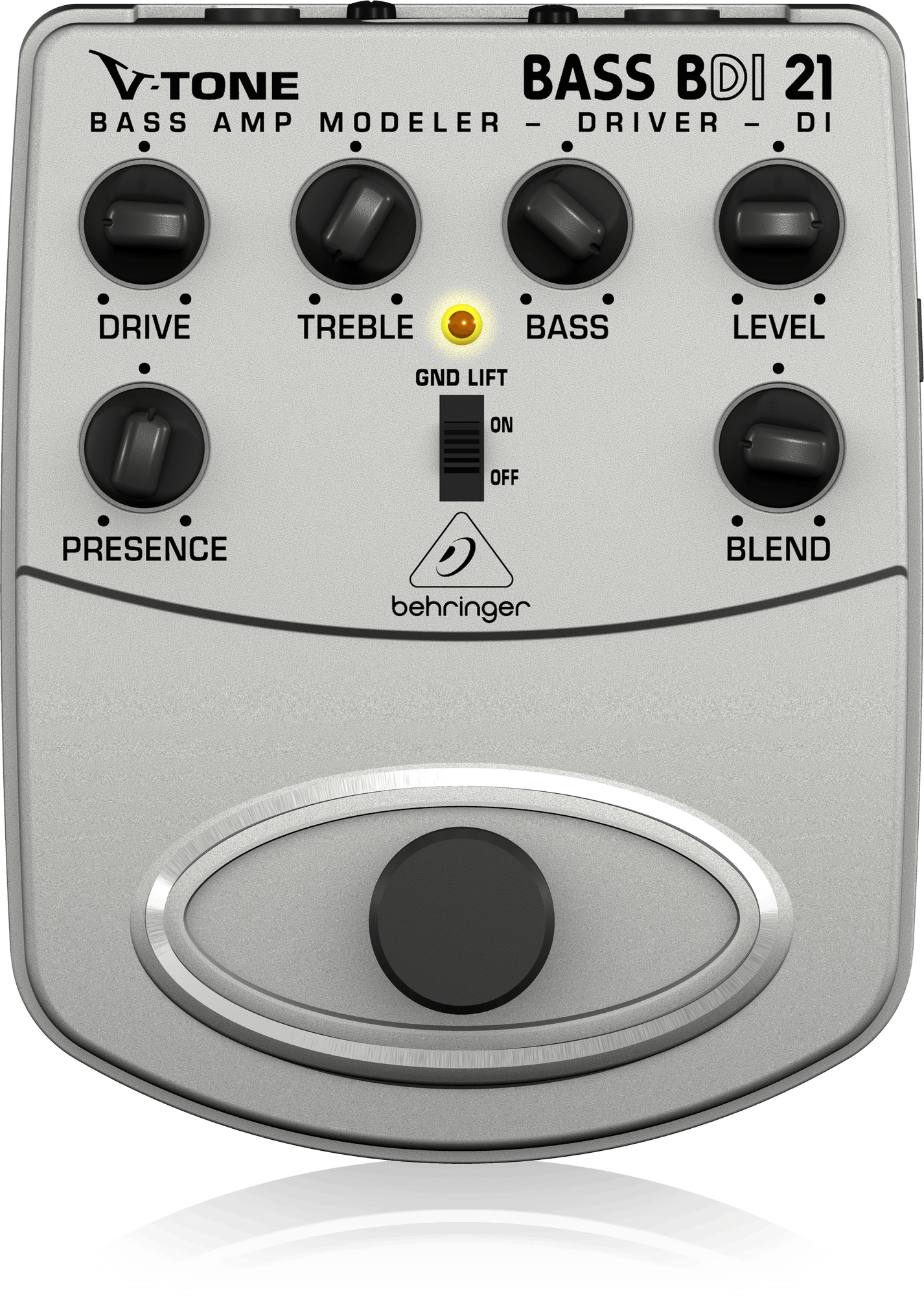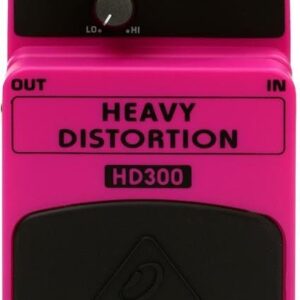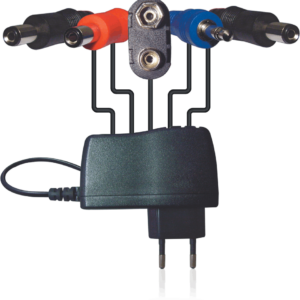Description
The Behringer BDI21 Bass Preamp Pedal is currently retailing at £29 and it is in stock. Available to be delivered to you by post direct (some charge may apply).The team at Just Pedals think that Behringer nailed it with the Behringer BDI21 Bass Preamp Pedal. Behringer BDI21 Bass Preamp Pedal
About Behringer
We have new and used Behringer gear available on our website for fast direct delivery direct to you from across sellers in all areas of the USA & UK.
Behringer is a globally recognised audio equipment brand known for producing affordable and accessible gear for musicians, producers, and engineers. Founded by Uli Behringer in 1989, the company offers a wide range of effects pedals that replicate classic circuits at budget-friendly prices. While often compared to higher-end counterparts, Behringer pedals are popular among beginners and professionals alike for their practicality and value. Their extensive catalogue includes everything from distortion and modulation to delays and synthesisers, making high-quality sound more accessible to all.
Bass
In the realm of guitar effects, “bass” pedals are designed specifically for bass guitars, enhancing their low-end frequencies and allowing bassists to shape their tone and explore new sonic possibilities. These pedals cater to the unique characteristics of the bass guitar and provide various effects to modify its sound. For instance, overdrive and distortion pedals add gain and saturation, giving the bass a gritty or distorted tone. Compression pedals help even out dynamics by smoothing out the volume of loud and soft notes, resulting in a consistent and punchy sound. EQ pedals enable bassists to sculpt their tone by boosting or cutting specific frequencies, allowing them to emphasize certain parts of the sound or compensate for room acoustics.
Other popular bass effects include envelope filters, which produce dynamic filter sweeps in response to playing dynamics, adding rhythmic groove to bass lines. Octave pedals generate harmonies one or two octaves below the original note, creating a fuller and more powerful sound. Modulation effects like chorus, flanger, and phaser add depth and movement by modulating the pitch or phase, creating swirling textures and enhancing the overall presence of the bass line. Lastly, delay and reverb pedals introduce ambience and spatial depth, adding echoes and reflections that enhance the sense of space in music. These diverse effects allow bassists to expand their sonic palette and express their creativity in numerous ways.
Guitar FX
Just Pedals is a new Guitar Effect Pedals Marketplace – We feature new and used Guitar Effect pedals from different sellers, to purchase online from the UK.
Pedal
A pedal is an electronic device that alters the sound of an electric guitar by applying various effects. Pedals are typically connected in a series between the guitar and amplifier, allowing guitarists to switch effects on and off with their feet while playing.
This enables musicians to quickly and easily change their sound, adding versatility and creativity to their performances.
Pedals are essential tools in many musical genres, including rock, blues, jazz, and metal, allowing artists to craft distinctive and dynamic soundscapes.
Once you buy one, you can’t stop and then you have to sell them and buy more.
Preamp
A preamp pedal boosts the guitar signal to line level before it reaches an amplifier, shaping the tone and adding warmth, character, or gain. Preamp pedals can be used to simulate the sound of an amplifier’s preamp stage, providing overdrive, distortion, or clean tone shaping. They can also be used to drive amplifiers harder or to add tonal colour and EQ adjustments. Some preamp pedals are designed to mimic classic amp sounds, such as those from Fender, Marshall, or Vox, while others offer more modern, transparent tones. Well-known preamp pedals include the Tech 21 SansAmp, Electro-Harmonix Soul Food, and MXR M81 Bass Preamp, making them a useful tool for tone shaping in both live performances and studio work.
Related products
27% Off £32.76 £23.90
Authentic v-tone modeling technology capable of dialing up big vintage tube tones, funky slap sounds, crunchy distortions and all in between Provides a truckload of great amps in a single stomp box—from traditional bass amps to modern overdriven amp …
read more
15% Off £57.12 £48.50
Product 1: Authentic v-tone modeling technology capable of dialing up big vintage tube tones, funky slap sounds, crunchy distortions and all in between Product 1: Provides a truckload of great amps in a single stomp box—from traditional bass amps to …
read more
10% Off £24.36 £22.00
Get tube-like distortion, smooth sustain and super-fat tone Unique balance control to blend between overdriven and dry bass sound for maximum punch Dedicated level, 2-band eq and gain controls for awesome sound shaping Blue status led for effect on/o…
read more
£24.60
Smooth, Consistent Tone: Compress dynamic range by softening peaks and boosting quieter signals, ensuring every note maintains steady, velvety sustain Precise Control: Dial in the perfect compression with dedicated Attack, Sustain, Level, and Tone co…
read more
10% Off £69.99 £62.99
One-Stop Gig Solution for Bass Players with Main Effects needed Analog Preamp with 3-Band EQ recreates the Legendary Ampeg Style Tone, from Dynamic Clean to Classic Rock Bass Sound Compressor, Boost, Fuzz Modules ready for Most Common Use in Bass Pla…
read more
































